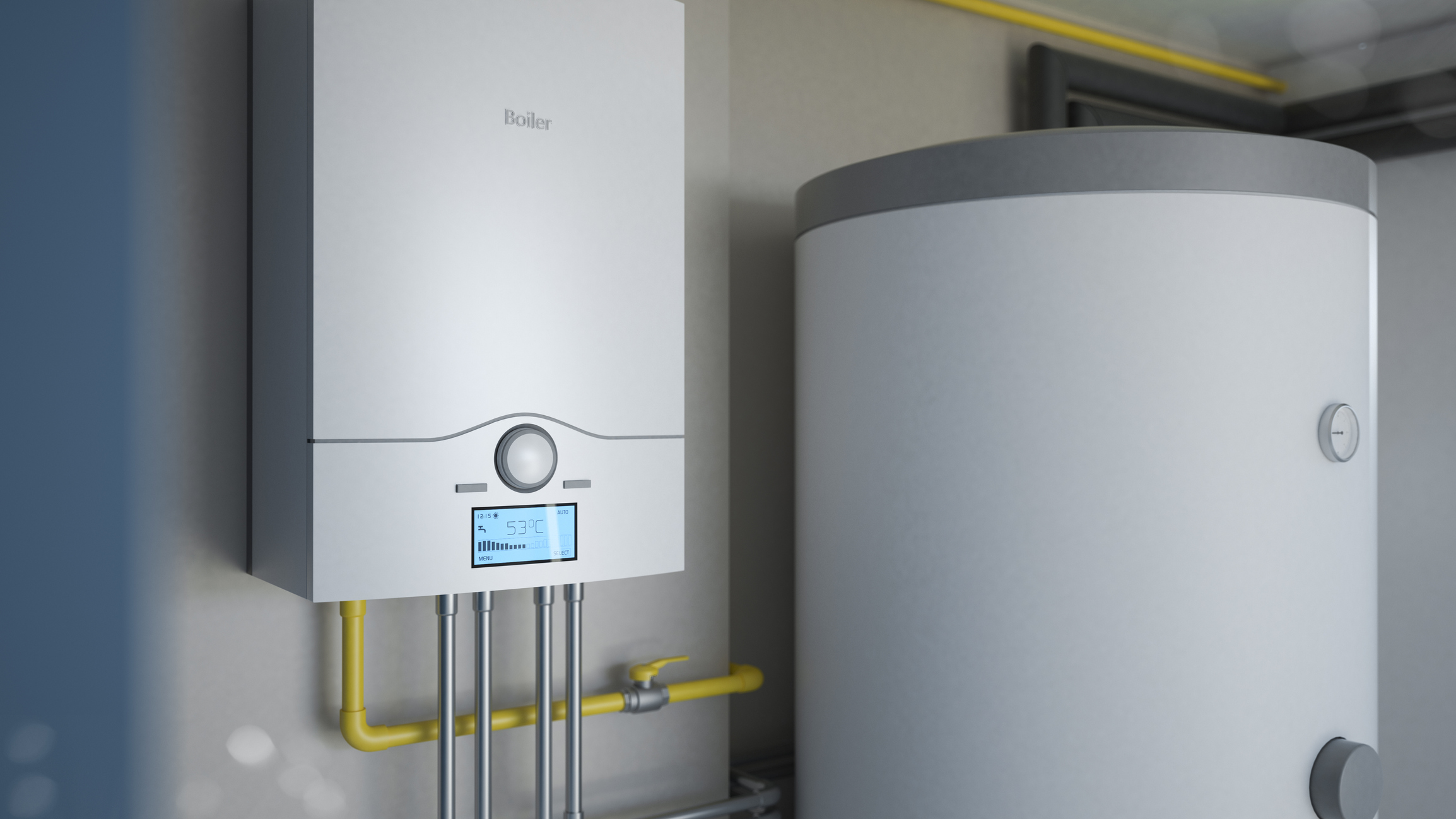How to Extend the Life of Your Home's Hot Water System Through Maintenance
How to Extend the Life of Your Home's Hot Water System Through Maintenance
Blog Article
We have unearthed the article about Water Heater Maintenance Tips You Can't Afford to Forget below on the web and think it made sense to quickly share it with you on this site.

Hot water is crucial for everyday convenience, whether it's for a revitalizing shower or cleaning recipes. To guarantee your warm water system runs successfully and lasts much longer, regular upkeep is vital. This short article offers functional suggestions and insights on just how to keep your home's warm water system to stay clear of disruptions and pricey repairs.
Intro
Keeping your home's warm water system might seem overwhelming, but with a couple of straightforward actions, you can guarantee it operates smoothly for years ahead. This guide covers every little thing from recognizing your hot water system to do it yourself maintenance tips and understanding when to call in specialist aid.
Value of Preserving Your Warm Water System
Regular upkeep not only prolongs the lifespan of your hot water system however additionally guarantees it operates effectively. Ignoring maintenance can cause decreased performance, greater energy expenses, and even early failing of the system.
Signs Your Warm Water System Demands Upkeep
Recognizing when your hot water system needs focus can protect against significant issues. Keep an eye out for indicators such as inconsistent water temperature level, odd noises from the heater, or rustic water.
Flushing the Hot Water Heater
Flushing your hot water heater gets rid of debris build-up, enhancing performance and lengthening its life.
Checking and Changing Anode Rods
Anode poles protect against deterioration inside the container. Inspecting and changing them when worn is essential.
Facility Problems Requiring Specialist Help
Instances include major leaks, electric troubles, or if your hot water heater is continually underperforming.
Routine Professional Maintenance Benefits
Professional maintenance can include detailed inspections, tune-ups, and making certain compliance with safety requirements.
Evaluating and Readjusting Temperature Level Setups
Changing the temperature setups ensures ideal efficiency and security.
Do It Yourself Tips for Upkeep
You can execute several upkeep tasks yourself to maintain your warm water system in leading problem.
Looking for Leakages
Frequently examine pipelines and connections for leaks, as these can bring about water damage and greater bills.
Comprehending Your Warm Water System
Before diving right into upkeep tasks, it's useful to comprehend the standard components of your hot water system. Normally, this consists of the hot water heater itself, pipelines, anode poles, and temperature level controls.
Month-to-month Upkeep Tasks
Normal month-to-month checks can aid capture small concerns prior to they rise.
Testing Pressure Alleviation Valves
Testing the pressure safety valve guarantees it works properly and avoids excessive pressure build-up.
Shielding Pipes
Insulating warm water pipelines decreases heat loss and can conserve power.
When to Call an Expert
While do it yourself upkeep is useful, some problems require specialist knowledge.
Conclusion
Routine maintenance of your home's warm water system is vital for effectiveness, longevity, and price financial savings. By complying with these suggestions and knowing when to seek professional aid, you can ensure a trustworthy supply of hot water without unforeseen interruptions.
How to Maintain an Instant Hot Water Heater
Before tinkering with your hot water heater, make sure that it’s not powered on. You also have to turn off the main circuit breaker and shut off the main gas line to prevent accidents. Also turn off the water valves connected to your unit to prevent water from flowing into and out of the appliance. 2. When you’re done, you have to detach the purge valves’ caps. These look like the letter “T†and are situated on either side of the water valves. Doing so will release any pressure that has accumulated inside the valves while at the same time avoid hot water from shooting out and burning your skin. 3. When the purge valves’ caps are removed, you have to connect your hosing lines to the valves. Your unit should have come with three hoses but if it didn’t, you can purchase these things from any hardware or home repair shops. You can also get them from retail stores that sell water heating systems. Read the user’s manual and follow it to complete this task properly. When the hosing lines are connected, open the purge port’s valves. 4. You should never use harsh chemical cleaners or solutions when cleaning your unit. Make use of white vinegar instead. It should be undiluted and you’ll probably use about 2 gallons. 5. Now flush your water heater. This task should probably take about 40 minutes. We can’t give you specific directions for this because the procedure is carried out depending on the type, model and brand of your heater. With that being said, refer to the user’s manual. 6. When you’re done draining the unit, you have to turn off the purge port valves again. Remove the hosing lines that you earlier installed on each of the water valves. Put the valve caps (purge port) back in their respective places and be very careful so as not to damage the rubber discs that are found inside these caps. 7. Now that everything’s back in place, check your user’s manual again to find out how to reactivate your water heating system. 8. Once it is working, turn one of your hot water faucets on just to let air pass through the heater’s water supply pipes. Leave the tap on until water flows smoothly out of it. https://www.orrplumbing.com/blog/2014/september/how-to-maintain-an-instant-hot-water-heater/

I discovered that piece of writing about Tips on Maintaining a Water Heater while doing a lookup on the internet. Do you know about somebody else who is inquisitive about the topic? Do not hesitate to share it. I am grateful for your time. Revisit us soon.
Click Here Report this page